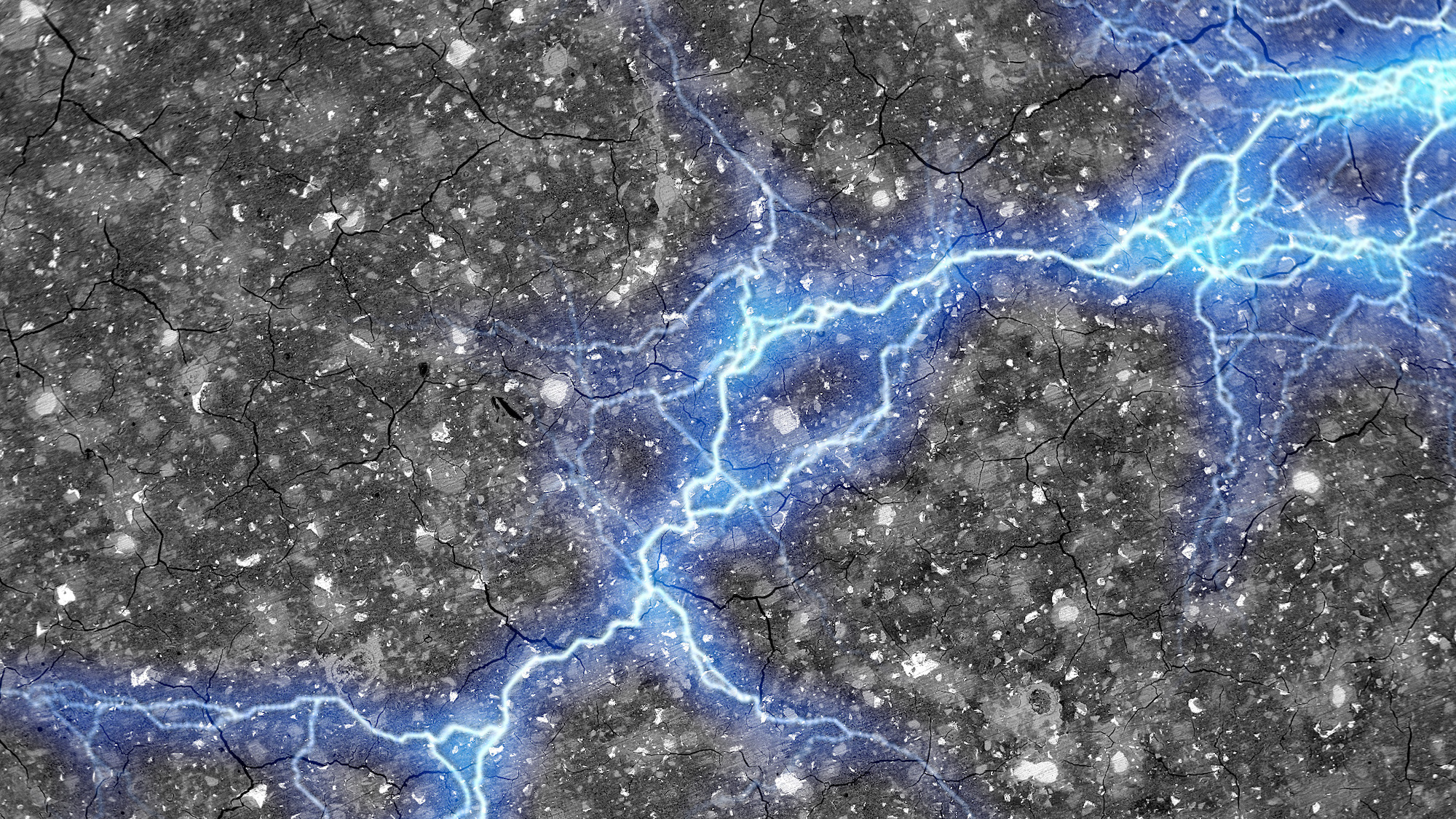

Storing clean energy is as vital as harvesting it. Unfortunately, the vast majority of rechargeable batteries currently rely on rare earth metals like lithium, the mining of which is fraught with environmental and ethical issues. According to researchers, however, a promising alternative can be found simply by combining two of civilization’s oldest and most commonplace materials: cement, and the charcoal-like mixture known as carbon black.
As detailed in a new study published on July 31 in the Proceedings of the National Academy of Sciences, engineers working together from MIT and the Wyss Institute recently discovered that properly mixing the two ingredients in electrolyte-infused water creates a powerful, low-cost supercapacitor capable of storing electricity for later usage. With some further fine-tuning and experimentation, the team believes their enriched cement material could one day compose portions of buildings’ foundations, or even create wireless charging.
[Related: This rechargeable battery is meant to be eaten.]
Much like batteries, supercapacitors store and direct large reserves of electrical power. To do this, designers soak two conductive plates in an electrolyte solution before inserting a membrane between them. Once charged, the barrier then prevents ions from traveling between the positive and negative plates, thus storing the potential power for later usage.
In the case of researchers’ new cement-based material, however, its relatively high internal surface area is key to its supercapacitor potential. After combining highly conductive carbon black, cement powder, and water, researchers wait for their resultant mixture to cure. During this time, the water naturally creates tiny openings which are subsequently filed by the carbon to ostensibly create an internal, fractal-like network of wiring. Position two plates of this material atop one another and separate them by an insulating layer, and you have a novel supercapacitor at your disposal.

According to researchers such as paper co-author Admir Masic, the new material is as promising as it is poignant—cement usage dates as far back as 6,500 BCE, while carbon black was the ink authors employed to pen the Dead Sea Scrolls.
“You have these at least two-millennia-old materials that, when you combine them in a specific manner, you come up with a conductive nanocomposite, and that’s when things get really interesting,” Masic said in a statement.
The team envisions projects such as stretches of roadways imbued with the concrete supercapacitator material wired to nearby solar panel arrays. Similar to experimental projects already underwayin Europe, the streets themselves could then be harnessed to wireless charge vehicles as they ride atop the surface. But before they get to such a potentially revolutionary civic engineering project, researchers have to start small.
[Related: Get ready for the world’s first permanent EV-charging road.]
To initially test their new material, Masic and their colleagues first created a trio of tiny, 1 volt supercapacitator prototypes, each roughly 1cm in diameter and 1mm-thick. When wired together, the three conductors easily powered a 3-volt LED. Going forward, the team hopes to scale up their prototypes to a 12-volt example comparable to an EV battery, then a 45-cubic-meter supercapacitator capable of hypothetically powering an entire home.
